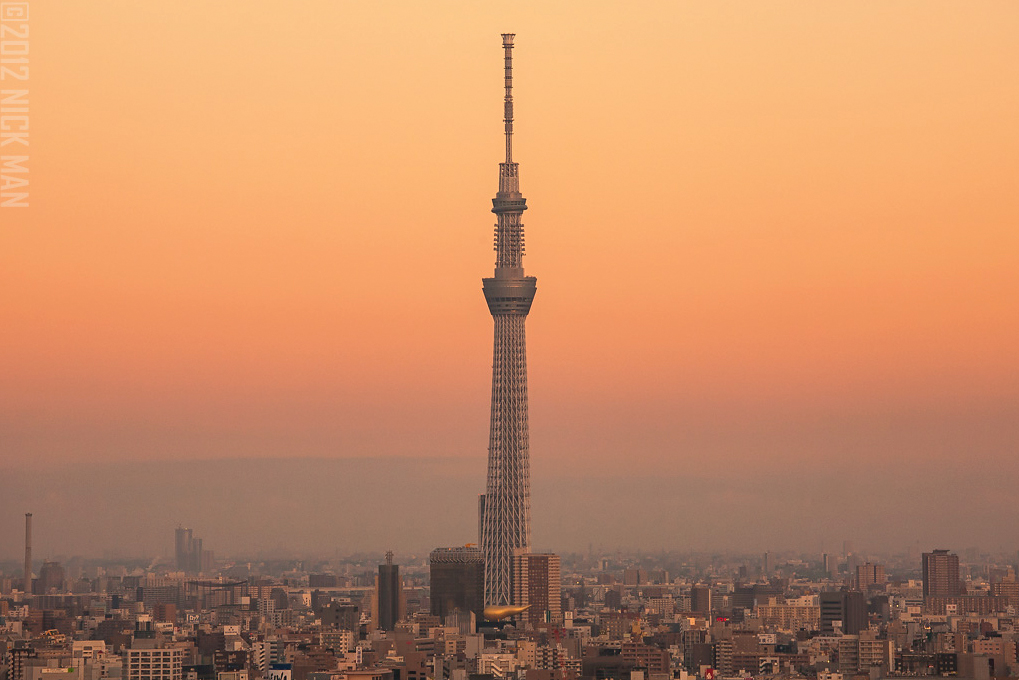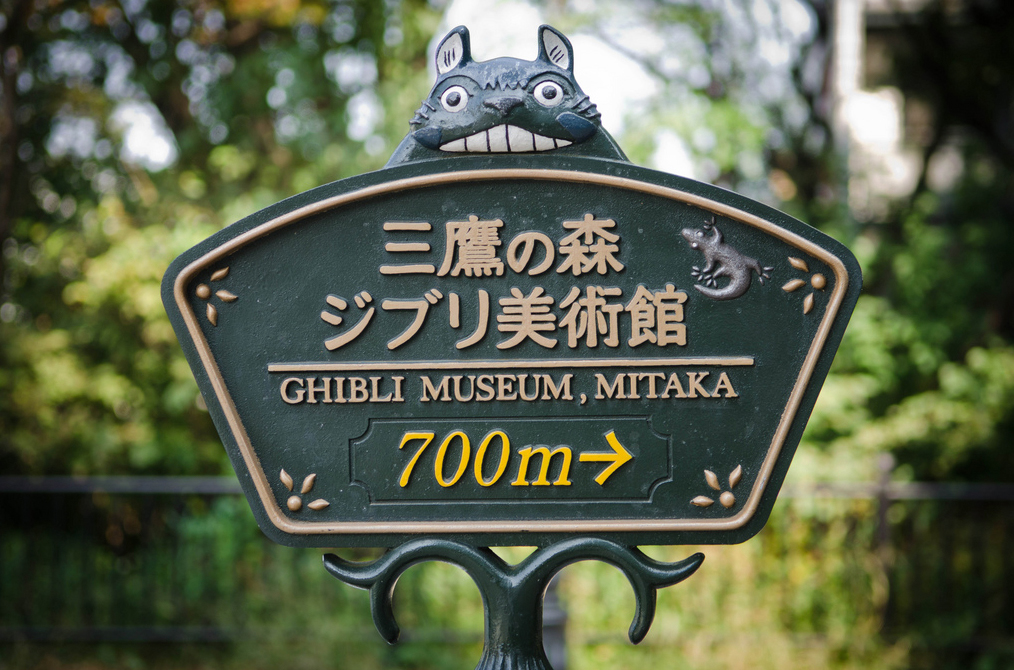
Source: Manuel
The exquisite Japanese style of art, of flower arrangement, is what is known as Ikebana. This form of art is different from the norm, where we put together flowers of varying bloom to illuminate the surrounding. Ikebana focuses on the other parts of a flower, i.e., the stem and leaves to put emphasis on line, shape and form. It is used by the artist to express him or herself.
1. The Aspect of Minimalism

Source: Marc-Anthony Macon
The art of Ikebana’s focal point is the whole flower as a package, stems and leaves inclusive. This aspect is influenced by the Buddhist principles of minimalism. The values of line and balance are achieved to enhance the sense of life and beauty, by the artist. Therefore, care is taken in choosing the right petals and leaves to use.
2. Representation of Man, Earth, and Heaven

Source: Marc-Anthony Macon
Its fundamental structure comprises of three stems which are an image of man, earth and Heaven. Various interpretations exist as to why the use of this structure. Some, believe it to be an embodiment of the universe. This, however, doesn’t restrict the structure to the use of only three stems as more could be utilized in the Ikebana.
3. Artistic Taste

Source: Nullumayulife
An intriguing feature of the art is how it shuns away from the norm. The principles of symmetry are ‘ignored’ in the creation to bring about the feeling of lack of intrusion. The art aims at depicting nature in its pure form and conjure harmony between humanity and nature. Different levels of maturity, even spirituality are attributed to the various forms of asymmetry.
4. Freedom of Structure

Source: Chrys Omori
The artist has freedom on how to structure his piece of art. However, this freedom is subject to a set of rules. Paradoxical? I know. The rules are said to be devised to free the creativity of the artist. In the sense that, the artist has freedom within and around the ground rules that govern the structuring of the Ikebana.
5. Emphasis on Space

Source: Nullumayulife
Ikebana art designs have empty spaces which are key structural parts of the piece of art. It is all about how to interchange the void and the plant within your art. Its form of arrangement isn’t planned. This is a way to highlight what already exists in you and nature.
6. Combinations of Color

Source: Kim Ahlström
The color combinations in Ikebana are to boost and create a sense of harmony and peace to both the observer and the artist. Natural color combinations are favored in the creations which make the artist’s choice of color effortless. This is used to bring out nature as it is in the pieces.
7. Principle of Silence

Source: OiMax
This art is chief in silence. This is the time to work, observe and find the form of nature for the creator and the observer. It is used to give an individual, peace of mind and is also believed to make a person more tolerant. Noise is not appreciated as it disturbs and disrupts the peace.
Events related to Ikebana can be found in Tokyo and Kyoto. If you are looking for some quiet time, this is the place to be. Not to forget the lovers of art, this should be your number one go-to event in Japan.
Have a good trip and travel!














